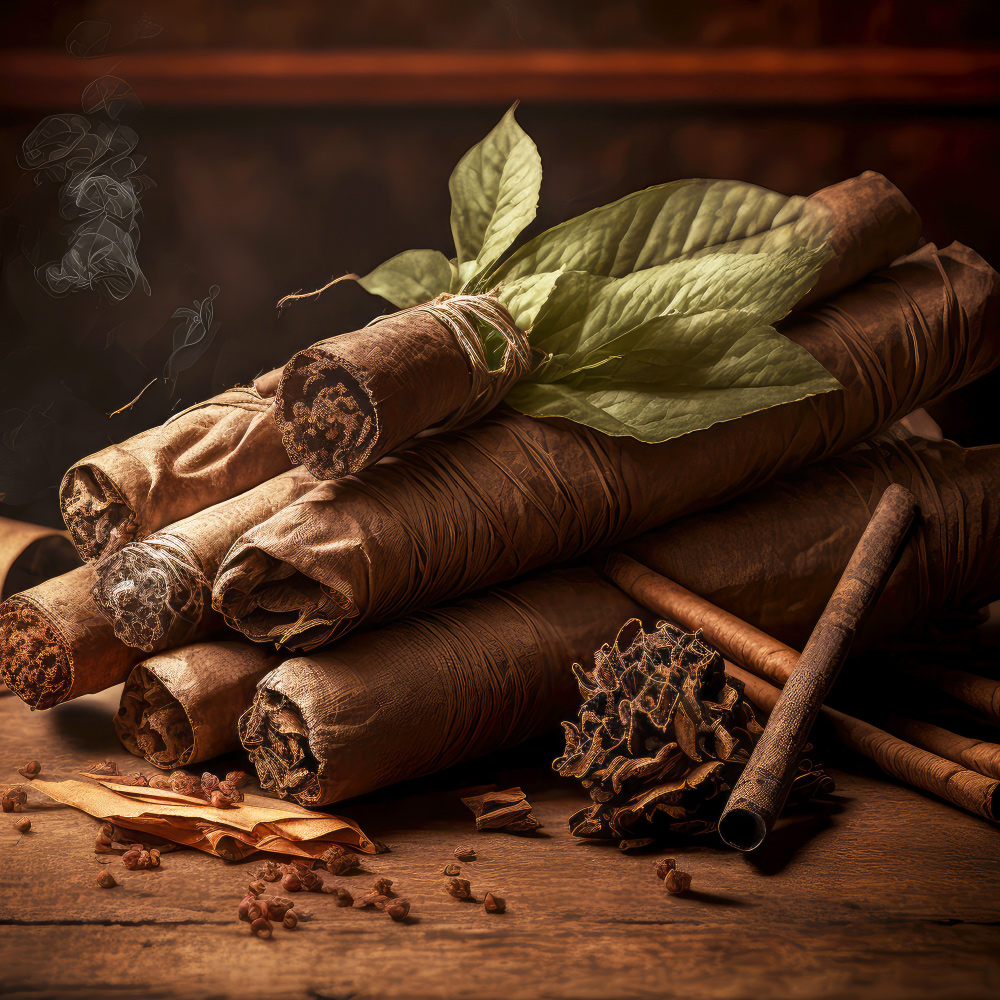The Dominican Republic is renowned worldwide for its premium cigars. With a rich history of tobacco farming and cigar making, the country has established itself as one of the top cigar producers in the world. In this essay, we will explore the history, cultivation, manufacturing, and culture of cigars in the Dominican Republic.
History
The history of cigars in the Dominican Republic can be traced back to the 16th century when the Spanish introduced tobacco to the island. However, it wasn’t until the mid-19th century that the Dominican Republic began to establish itself as a significant player in the cigar industry. At this time, tobacco cultivation and cigar manufacturing were predominantly carried out by small-scale farmers and craftsmen.
It wasn’t until the 1960s that the Dominican Republic began to gain international recognition for its cigars. This was due in part to the Cuban Revolution, which resulted in the United States embargo on Cuban goods, including cigars. As a result, many Cuban cigar makers fled to other countries, including the Dominican Republic, where they helped to establish the country as a leading producer of premium cigars.
Cultivation
Tobacco is grown in various regions of the Dominican Republic, including the Cibao Valley, the Villa Gonzalez region, and the Santiago region. The country’s ideal climate, with warm temperatures and ample rainfall, provides the perfect growing conditions for tobacco plants. The tobacco plants are grown from seeds that are carefully selected and cultivated by experienced farmers.
One of the key factors that distinguish Dominican tobacco from other types of tobacco is the soil. The Dominican Republic’s soil is rich in nutrients, which contributes to the unique flavor profile of its tobacco. Additionally, many Dominican tobacco growers use traditional methods to cultivate their tobacco, such as crop rotation, hand harvesting, and natural fertilizers.
Manufacturing
Cigar manufacturing is a complex process that involves several steps. The first step is the sorting of tobacco leaves according to their quality and type. Next, the leaves are fermented, which helps to develop the flavors and aromas of the tobacco. After fermentation, the leaves are sorted again, and the desired blend is created.
The cigar maker then rolls the blend into a cigar, using a binder leaf to hold the filler together. The cigar is then wrapped in a wrapper leaf, which is often the most visually appealing leaf of the plant. Finally, the cigar is aged, which allows the flavors to mature and develop.
The process of cigar manufacturing in the Dominican Republic is highly labor-intensive and requires a great deal of skill and experience. Many of the country’s cigar makers have been making cigars for generations and have perfected their craft over time.
Culture
Cigars are deeply ingrained in Dominican culture and are often seen as a symbol of status and wealth. The country’s cigar culture is centered around the art of cigar making and the enjoyment of smoking cigars.
Cigar smoking is a social activity in the Dominican Republic and is often enjoyed in groups. It is common to see groups of people smoking cigars while playing dominoes or enjoying a drink. Many of the country’s cigar manufacturers also offer tours of their factories, which allow visitors to see the cigar-making process firsthand.
Conclusion
The Dominican Republic’s rich history, ideal growing conditions, skilled labor force, and unique culture have all contributed to its status as a leading producer of premium cigars. The country’s cigars are renowned worldwide for their quality, flavor, and craftsmanship. Whether you are a cigar aficionado or simply appreciate the art of cigar making, the Dominican Republic is a must-visit destination for anyone interested in cigars.

